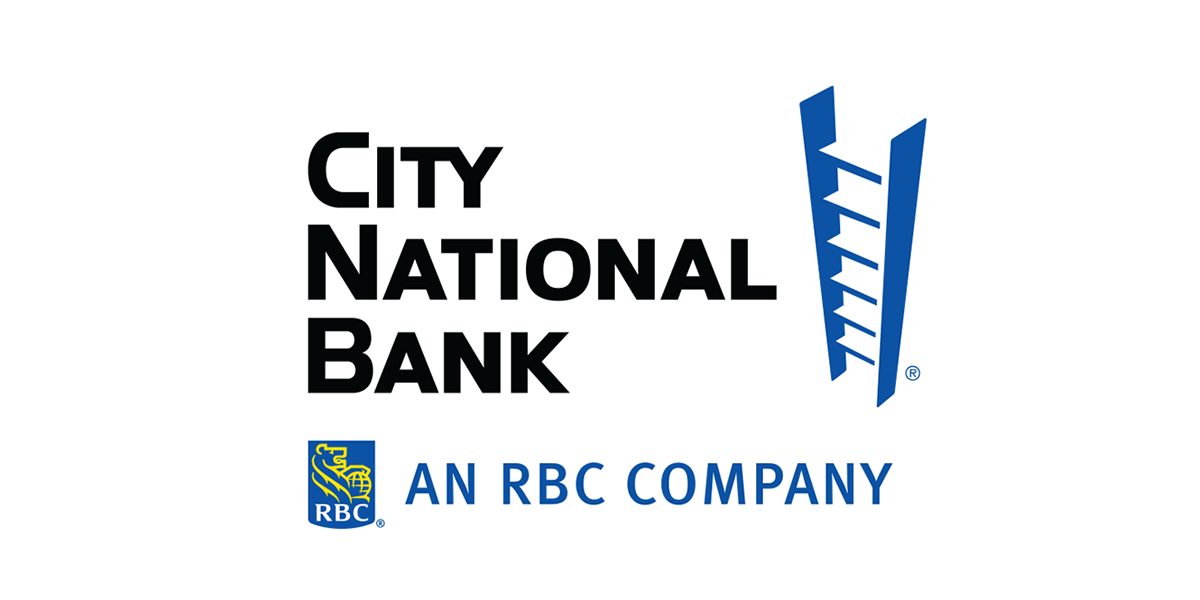
Putting People First Since 1954.
There's more to success than what's on a balance sheet.
At City National, we proudly offer services, tools and technology that put our people and communities first.
There's more to success than what's on a balance sheet.
At City National, we proudly offer services, tools and technology that put our people and communities first.
We celebrate our impact on real lives — and know that we can keep doing better.
Think of this page as an ever-evolving mural expressing City National’s values.
Stay up-to-date with the most recent news headlines, press releases and stories featuring City National Bank.